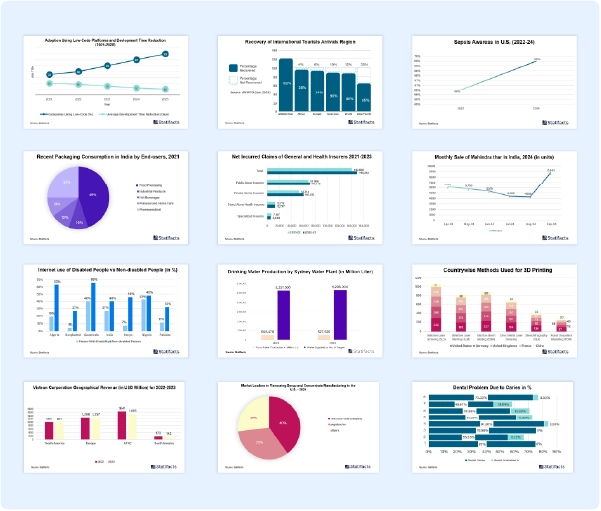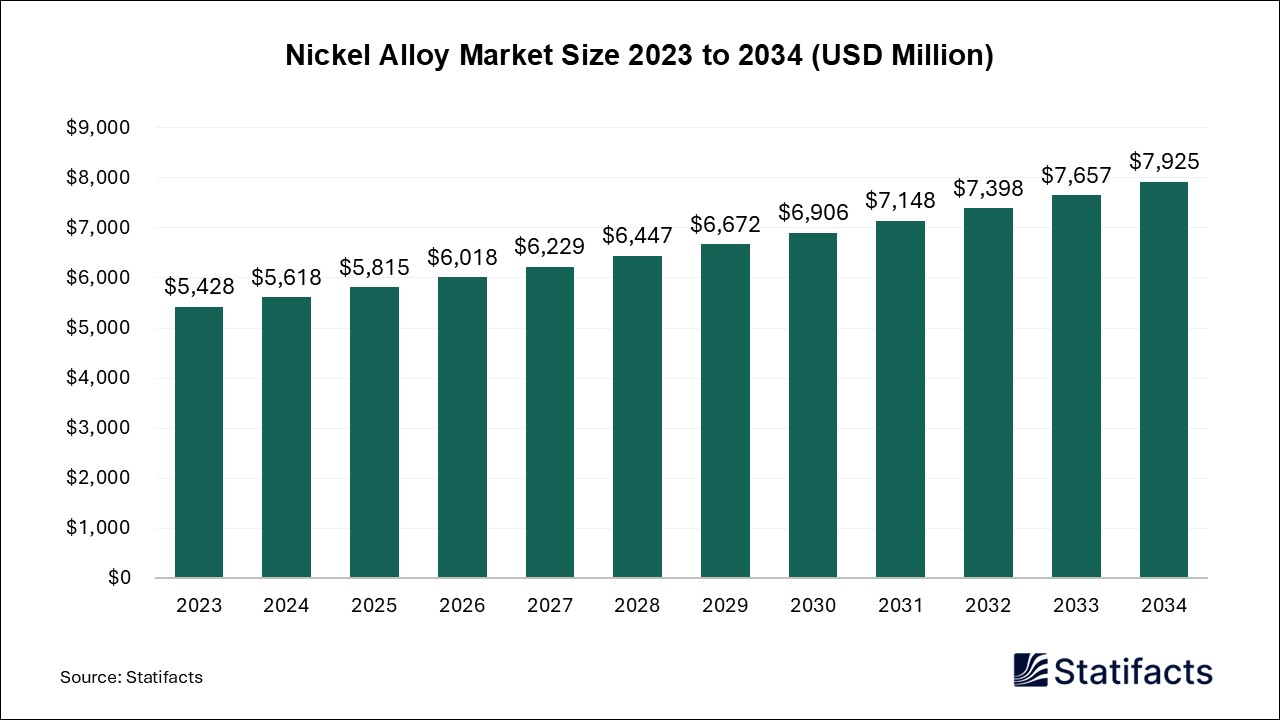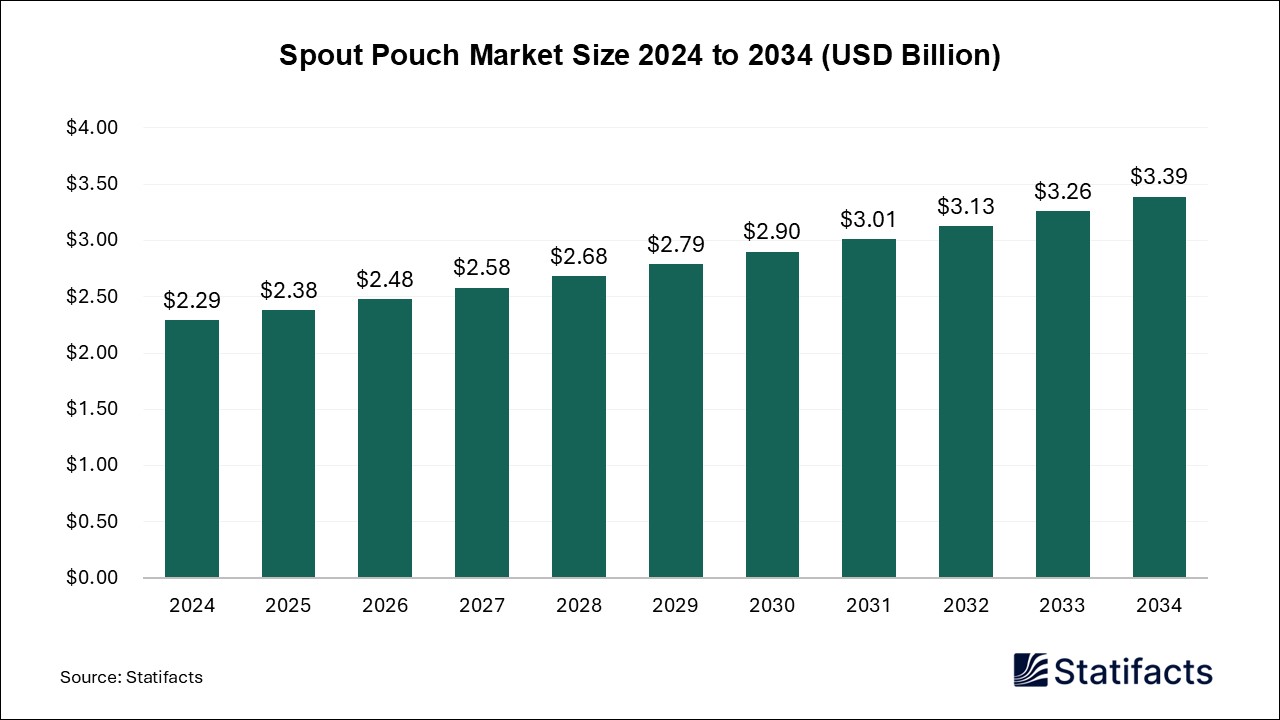

Our customers work more efficiently and benefit from
The U.S. cancer diagnostics market size accounted for USD 44,171 million in 2024 and is predicted to touch around USD 82,915 million by 2034, growing at a CAGR of 6.5% from 2025 to 2034.
The U.S. cancer diagnostics market refers to the production, distribution, and use of these diagnostic procedures for cancer, including laboratory tests (including tests for tumor markers), imaging, tumor biopsy, endoscopic examination, surgery, and genetic testing. In diagnosing cancer, imaging tests are used, which include X-ray, ultrasound, positron emission tomography (PET) scan, magnetic resonance imaging (MRI), bone scan, and computerized tomography (CT) scan. Cancer screening helps find cancer early before you have symptoms when it is easier to treat. It helps find cancer before it spreads when it is easier to treat. Early detection leads to better prognosis and shorter recovery times. Delivery of high-quality healthcare depends on accurate and timely diagnosis of cancers, which can even lead to cures. In cancer care, diagnosis tests are critical for developing treatment plans and also to inform prognosis, prediction, and assessment of treatment response, disease progression, and recurrence.
Rising initiatives undertaken by private & public organizations driving the growth of the U.S. cancer diagnostics market. One of the main benefits of private initiatives includes supplementing federal efforts to deal with the financial burden on taxpayers. Public organization initiatives can also transfer some of the risks associated with a project from the public sector to the private sector. Public sector funding is often subject to public and particularly voter interest. Private sector funding is crucial for early diagnosis, which enhances cancer outcomes by providing care at the earliest possible stage. These initiatives will help to improve access for individuals, cancer patients, and survivors to the prevention, diagnosis, and treatment of cancer by personal medicines and the use of the latest advancements in cancer care. The Global Initiative for Cancer Registry Development (GICR) is a multi-partner response to the disparity in the growing cancer incidence across the globe, led by the International Agency for Research on Cancer (IACR) and the Union for International Cancer Control (UICC).
Technological innovations in diagnostics procedures contribute to the growth of the U.S. cancer diagnostics market. The key advantages of technological innovations include enhanced accuracy, the ability to provide highly accurate results, and the reduction of the margin of error compared to traditional methods. Innovative diagnostic procedures are making diagnostics more accurate, less invasive, and faster. By improving the quality of diagnostic information, the test results may lead to timely correct therapy. Advancements in diagnostic technology and advancements in diagnostic imaging have greatly enhanced the speed and accuracy of diagnoses. The benefits of advanced technology in diagnostic procedures include time management, technology-enhanced services, remote working, privacy, increased patient education, increased mobility, improved accessibility, environmental impact, cost savings, benefits of technology in education, and personalized learning.
By leveraging deep learning and machine learning algorithms, artificial intelligence based technology can be used to process large amounts of data swiftly and accurately, allowing healthcare providers invaluable insights to detect patterns related to cancer presentation. These machine learning-based innovations play a pivotal role in improving the precision of diagnoses and allowing early detection and personalized treatment plans. These AI models are trained to recognize patterns that represent cells and tissue types and the way those components interact better, allowing the pathologist to assess cancer risk more accurately. AI also helps to enhance the speed, accuracy, and reliability of cancer screening and detection methods.
The growing prevalence of cancer across the globe drives the growth of the U.S. cancer diagnostics market. Cancer diagnostics help find cancer early before you have symptoms when it is easier to treat. For cancer diseases, accurate and reliable diagnostic procedures are instrumental in creating an effective healthcare system by streamlining treatment and recovery, reducing healthcare costs and ultimately improving the quality of patient care. In cancer care, diagnostic tests are critical for developing treatment plans and also for informing prognosis, prediction, and assessment of treatment response, disease progression, and recurrence.
Published by Deepa Pandey
By Product
BY Type
By Application
By End-use
By Test Type
By Coverage
For any questions about this dataset or to discuss customization options, please write to us at sales@statifacts.com
| Stats ID: | 7903 |
| Format: | Databook |
| Published: | February 2025 |
| Delivery: | Immediate |
| Price | US$ 1550 |

| Stats ID: | 7903 |
| Format: | Databook |
| Published: | February 2025 |
| Delivery: | Immediate |
| Price | US$ 1550 |
Related Reports

You will receive an email from our Business Development Manager. Please be sure to check your SPAM/JUNK folder too.

Unlock unlimited access to all exclusive market research reports, empowering your business.
Get industry insights at the most affordable plan
Stay ahead of the competition with comprehensive, actionable intelligence at your fingertips!
Learn More Download
Download

